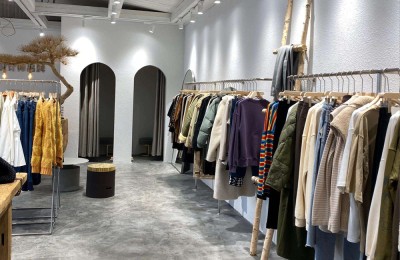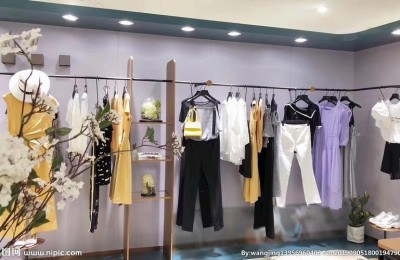The “quota-free era” of the textile industry will suffer double suffering, and external demand will drop significantly
After the storm in 2008, Chinese textile companies finally ushered in the era of “free trade” without quota restrictions. According to the provisions of the Trade Organization’s “Textiles and Clothing Agreement”, textile trade will be integrated from January 1, 2009, and all textile quotas will be cancelled. This should have been a good thing for Chinese textile export companies, but an unexpected financial crisis overshadowed this joy.
Some textile companies interviewed said that the financial crisis has caused a sharp decline in EU textile market demand. Under such circumstances, even in the era of “free trade”, it is difficult to stimulate exports.
Relevant experts said in an interview with reporters that “free trade” without quota restrictions does not mean that Chinese textiles can enter the EU market smoothly. On the contrary, the ensuing trade protection measures are likely to make the precarious Chinese textile enterprises face greater challenges.
It is difficult for companies to be optimistic
In interviews with reporters, many companies said that after the quotas are cancelled, they may encounter frequent use of trade remedy measures by Europe and the United States. Previously, U.S. President-elect Obama had publicly declared that after the quotas were lifted, China’s textile and clothing imports would be monitored, and he claimed that he would use all diplomatic means to end China’s artificial exchange rate manipulation.
Manager Liu of the Foreign Trade Department of Wenzhou Textile Group told reporters on the phone: “After the quotas are cancelled, we also hope to receive large orders from the United States, but as the policy is not yet clear, we are afraid of new barriers. ”
An official from the Ministry of Commerce has previously stated that under the financial crisis, the rise of trade protectionism will become a common phenomenon. He believes that not only the United States, but other countries may also attack Chinese textile products. This year is likely to be a year in which trade frictions are high and the situation is severe.
In this regard, the person in charge of the Foreign Trade Department of the Ministry of Commerce said on January 21: “Textile trade after 2008 should follow the principles of free trade, and importing countries should no longer set up artificial trade barriers.”
Learned from the Ministry of Commerce , some countries are worried that there will be a “surge” in Chinese textiles after 2008, and require their governments to renew agreements with China or take trade remedy measures against Chinese textiles. However, the declaration issued by the G20 Financial Summit in 2008 clearly stated that “in times of financial instability, we should be more cautious about protectionism and strive to avoid erecting new barriers to investment or trade in goods and services.” On November 22, 2008, APEC leaders also issued a statement on the economy and opposed all forms of protectionism.
It is difficult to save exports from falling
On the one hand, trade protectionism is rising, and on the other hand, demand is weakening due to the financial crisis.
Relevant people pointed out that the demand for textiles is currently in a state of depression. Even if the United States cancels quotas, China’s textile exports will not experience a blowout growth similar to 2005.
Manager of the Foreign Trade Department of Guangdong Dongguan Textile Import and Export Co., Ltd. Liu Yan said: “It won’t be very different from the past.” In her view, the recent financial crisis has weakened the demand capacity of European and American countries, and this is the key to the problem. “Even if we make efforts in technological innovation and other aspects, it will be difficult to change the downward trend of exports.” Therefore, she believes that the cancellation of textile quotas for export to the United States will have little impact on the overall export trade.
“Different from previous years, the main impact on my country’s exports this year is not from rising internal costs, but from sluggish external demand.” Wang Qianjin said. A research report pointed out that the total amount of textile and apparel imports from the United States is expected to decline by 5.1% year-on-year this year, and the EU will decline by 1.2% year-on-year. Relevant research also shows that the overall decline in external demand for my country’s textile industry this year will be between 10% and 15%. Not only will demand from traditional export markets such as Europe and the United States shrink, but orders from emerging markets such as Russia and South America will also show a downward trend. .
Relevant experts said that there will be no “blowout” situation in exports after the quota is cancelled. He told reporters: “Under the impact of the financial crisis, it is no longer particularly important whether quotas are cancelled. Shrinking demand in Europe and the United States is the current factor that has the greatest impact on the textile industry.” AASDFDNHGCXE
Disclaimer:
Disclaimer: Some of the texts, pictures, audios, and videos of some articles published on this site are from the Internet and do not represent the views of this site. The copyrights belong to the original authors. If you find that the information reproduced on this website infringes upon your rights, please contact us and we will change or delete it as soon as possible.
AA






